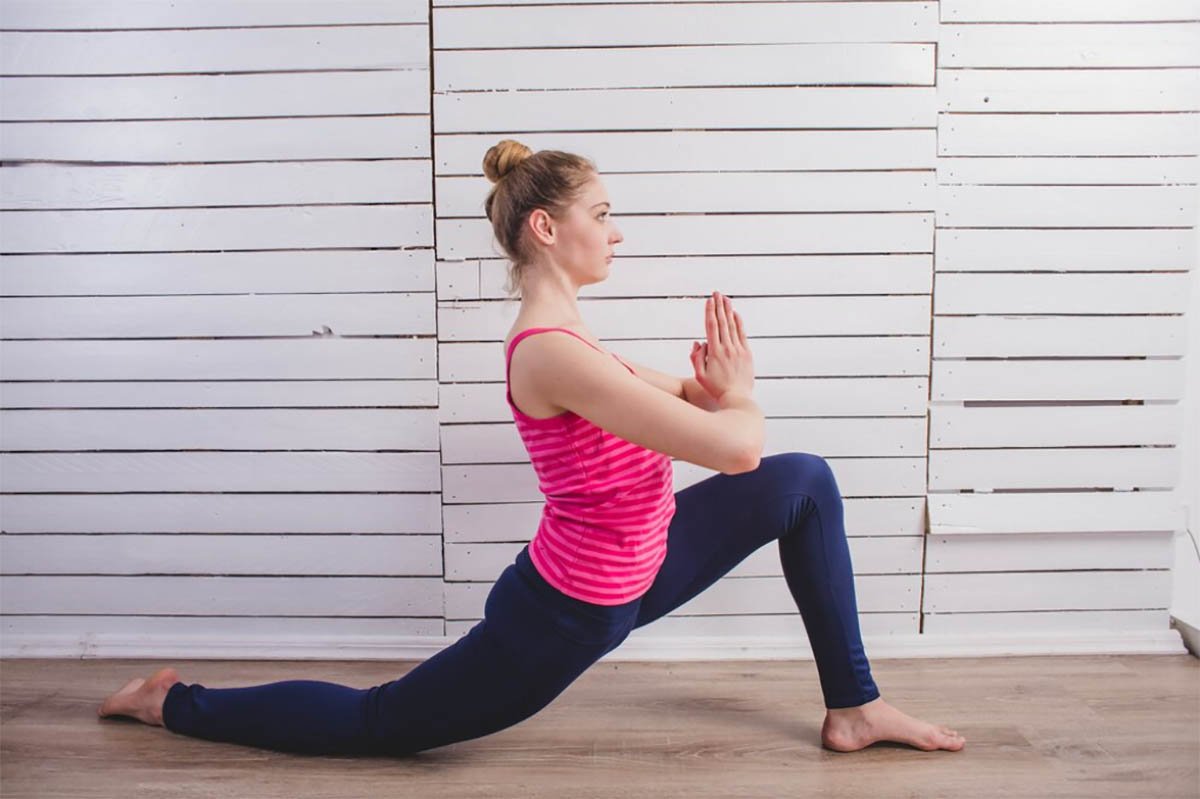7 Common Pelvic Floor Therapy Exercises and How to Do Them
Pelvic floor therapy can make incredible improvements for women experiencing pelvic floor disorders. If you are someone who is considering pelvic floor therapy to help relieve pain and discomfort, you may be wondering what kind of pelvic floor therapy exercises to expect during treatment. At Pillar Physio– Georgetown, Texas, we work with patients at their pace to support their recovery.
Pelvic floor therapy focuses on the muscles and connective tissues in the pelvic region. Doing just Kegels isn’t going to solve any pelvic floor disorders you might be experiencing. In therapy, you will focus on exercises that support your core, hip mobility, spinal flexibility, and more.
It’s important to treat your pelvic floor in context with the rest of your body. You are more than your pelvis. The pelvic floor is part of a system within your body and deserves treatment that supports it.
Related: What are Pelvic Floor Disorders and How to Treat Them
7 Pelvic Floor Therapy Exercises
Every patient is different and requires a personalized approach. However, the following pelvic floor therapy exercises are common exercises you may experience in therapy.
Dead Bugs
Dead bugs are a great exercise to use to help strengthen the core. Using the lower abdominal muscles, this exercise encourages posture, balance, and mindfulness. This exercise is beginner-friendly, therefore, you can feel comfortable starting with these in therapy.
While lying on your back and your hands and arms towards the ceiling, bend your knees to 90 degrees. This gives you the “dead bug” look. Reach one arm back behind your head while lowering the opposite leg toward the floor. Then, slowly raise your leg and arm back to their original position. Repeat with the opposite side.
Heel Slides
Heel slides are one of the best pelvic floor therapy exercises. They are recommended after knee or hip surgery and following birth. This exercise strengthens the muscles around your knee and hip. Heel slides stretch these muscles to promote optimal range of motion.
Lay flat on your back with your arms to your sides. Slowly bend one leg by raising your knee up and sliding your foot towards your butt. Alternate sides and remember to keep one leg flat while the other is engaged in the exercise.
Related: 6 Exercises To Prevent Diastasis Recti
Child’s Pose
Child’s pose is a common yoga pose that many people know. It is a relaxing yet engaging pose. This exercise helps stretch your back and the muscles around your hips.
Kneel down with both knees touching the floor. Keep your knees hip-width apart and your toes together. Sit back and lower your butt onto your heels.
Put your arms out in front of you and slowly lay your upper body down. Your hands should be flat facing down and your head will meet the floor or mat. Hold this pose for as long as needed.
Inner Thigh Stretch
Inner thigh stretches help with flexibility, balance, and core. They target your inner thigh muscles, which are part of your pelvis. Stretching these muscles helps mobility and decreases pain in the pelvic area.
Standing with your feet flat, take a wide step out to the side with one foot. Bend your opposite knee and sit your hips back. Hold the position for the desired amount of time, then release the position and shift your weight onto the other leg to repeat.
Related: 7 Benefits of Pelvic Floor Therapy After Birth
Marching
Marching exercises are very low-impact. This exercise promotes flexibility, core strength, and balance. Marches are easy to do and they are effective pelvic floor therapy exercises.
In a standing position with your feet shoulder-width apart and your arms at your side, bring one leg up by raising the knee to waist height. Slowly lower that leg back down to the ground and repeat with the other leg. You can increase the speed of raising and lowering based on your comfort level and healing.
Bridge
Bridge exercises are perfect for strengthening your core. You will also engage your glute muscles, which benefits your pelvic floor. This exercise also stabilizes your hamstrings.
Bridge exercises take place on the floor. Start by lying down on your back. Bring both of your knees up until your feet are flat on the floor. Slowly raise your hips up off of the floor as far as you can go. Hold at the top for a few seconds and then slowly release the hold back down to the floor. Repeat for the desired amount of times.
You can increase the intensity of this exercise by lifting one leg up with your hips and balancing on the other foot. Alternate each time you bring your hips back down.
Banded Squat
Squat exercises are effective pelvic floor therapy exercises. These exercises challenge your balance and strengthen your glutes and quadriceps. Banded squats in therapy offer resistance in your hips to help strengthen and stretch those muscles.
With a resistance band sitting just above your knees, get into a squat position. Your feet should be hip-width apart as you squat down, sitting your hips back. Lower your body as if you were going to sit in a chair and then come back up.
During a banded squat, it’s important to not allow your knees to fall inwards. Keep your knees pushing out during each squat.
Perform Pelvic Floor Therapy Exercises with a Therapist
Engaging in these pelvic floor exercises is a great way to strengthen your core, help with posture, and promote good health. However, it’s best to use these exercises with a therapist who has created a pelvic floor treatment plan specifically for you.
Pelvic floor therapy can promote better healing and lasting relief. It is a life-changing therapy. Start your pelvic floor journey to healing with one of the expert pelvic floor therapists at Pillar Physio– Georgetown, Texas. A life with a strong pelvic floor is one worth living. Contact us today to schedule your assessment.


